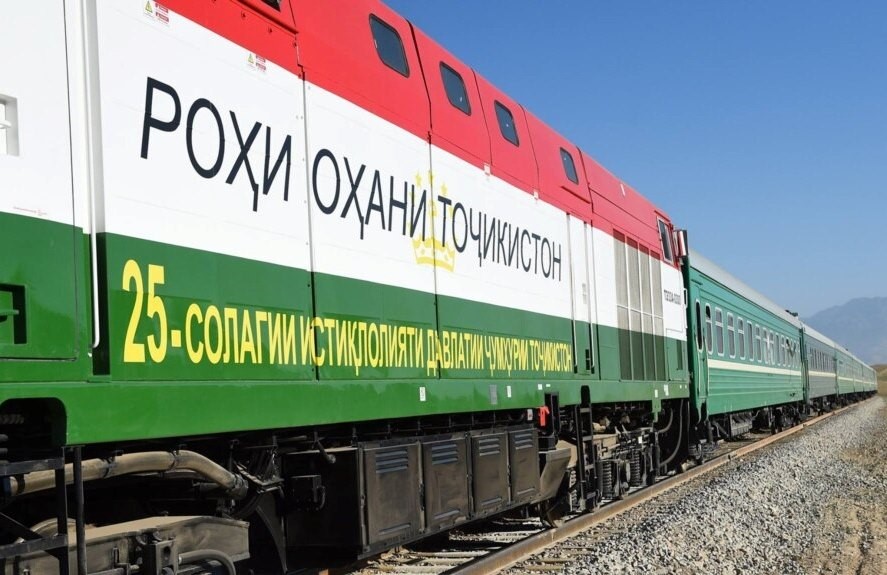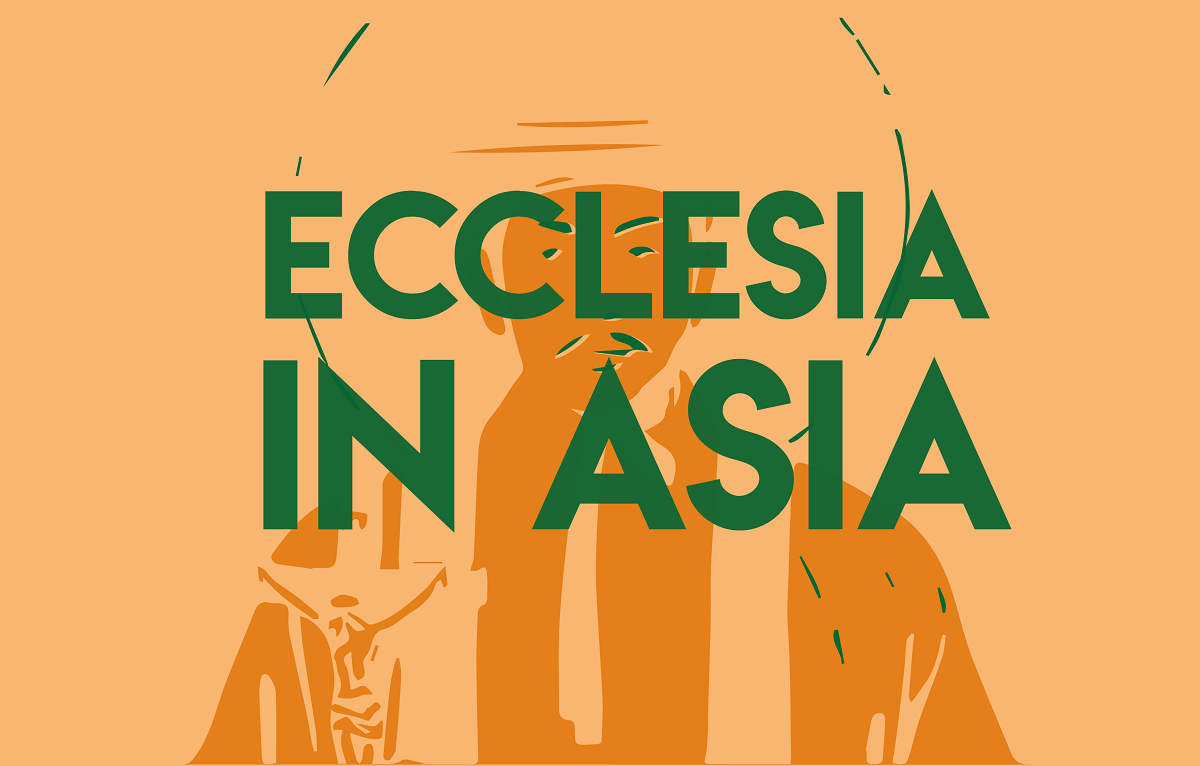Tajikistan risks getting lost along the new Silk Road
The Tajiks consider themselves the main heirs of the trade routes of centuries ago, of the ‘first Eurasian globalisation’ in history. But today, according to the political scientist Abdugani Mamadazimov, they are forced to play catch-up with their neighbours while the whole world looks to Central Asia as a crucial area of connections between East and West.
Dušanbe (AsiaNews) - The important Tajik political scientist Abdugani Mamadazimov has addressed a heartfelt question to the nation in an article published by Asia-Plus: ‘When will Tajikistan finally catch up with its neighbours and become a regional transit country?’
He observes that in the ‘youngest region in the world’, namely Central Asia, decisive changes are taking place, considering that in these countries over two million new children are born every year, and that therefore in 10-15 years the total population will exceed 100 million inhabitants.
This will make Central Asia ‘a very attractive economic area for all the most important and developed countries in the world’, who are already starting to invest increasingly large sums in its development, and Tajikistan runs the serious risk of being left on the margins of these bright prospects.
As all the commentators emphasise, the main factor for future development is the realisation of large logistic infrastructure projects, at a national and regional level.
The number of routes offering alternatives to those that are increasingly less accessible to the north and south is growing, such as the China-Kyrgyzstan-Uzbekistan route, the ‘Trans-Afghanistan’ railway line Termez-Mazar-i-Sharif-Kabul to the Pakistan border, a new line between Kazakhstan and China to the TAPI gas pipeline (Turkmenistan-Afghanistan-Pakistan-India) and many others.
In all this, Tajikistan, despite boasting high quality modern motorways, is lagging far behind in the development of new projects, especially railways.
With serious delays and ‘Soviet-style bureaucratic complications’, as Mamadazimov observes, the ‘fourth national strategy for accelerated industrialisation’ has been approved in Tajikistan, which without adequate structures risks remaining just a list of good intentions impossible to realise.
Work has begun with some success on the Kurganteppa-Kuljab and Vakhdat-Javan sections, which will complete the southern railway network by connecting it to the central one, but without the further connection to the northern network the whole system will not be fully effective.
We remember the dreams of the Soviet politician and historian Ustoda Bobodžon Gafurov, who in 1946 presented Stalin with a project for a large railway line connecting Taškent-Samarcanda-Pendžikent-Ajni-Dušanbe, which would then extend in various other directions, but nothing came of it.
In order to finally build railway lines in the mountain provinces, large investments are needed, attracting truly interested partners, starting with China. For this reason, an ambitious plan was prepared for Xi Jinping's visit to Tajikistan last year, with a line from the Chinese city of Kashgar crossing the northern Pamir to reach Dushanbe, with several networks involving northern Afghanistan, also passing through Samarkand, to reach Turkey and Europe.
The size of the tracks will have to be compatible with all these routes, including Iran, and would constitute the optimal and shortest route to connect China to Europe, through Central Asia and the Middle East.
In order not to ‘miss the train’ of the new Silk Road, which would bring Tajikistan back to the glorious days of ancient Khorasan and Sogdiana, it is essential to scan the ‘time economy’, as the Tajik political scientist insists, in the speed of construction that really leads to offering an enormous saving of time in transport on all these routes, without having to cross seas, lakes and large rivers, in the 500 kilometres of land that Tajikistan can offer, alongside a similar distance of Afghanistan.
The Tajiks consider themselves the main heirs of the trade routes of distant centuries, of the ‘first Eurasian globalisation’ in history, and today they are forced to chase their neighbours: Last year the trade balance between China and the whole of Central Asia was close to 100 billion dollars, of which less than 4 billion concerned Tajikistan, compared to 24 billion for its smaller northern neighbour, Kyrgyzstan, whose president Sadyr Žaparov was invited to Beijing this year to sign new multi-billion dollar contracts.
07/02/2019 17:28
11/08/2017 20:05







.png)










